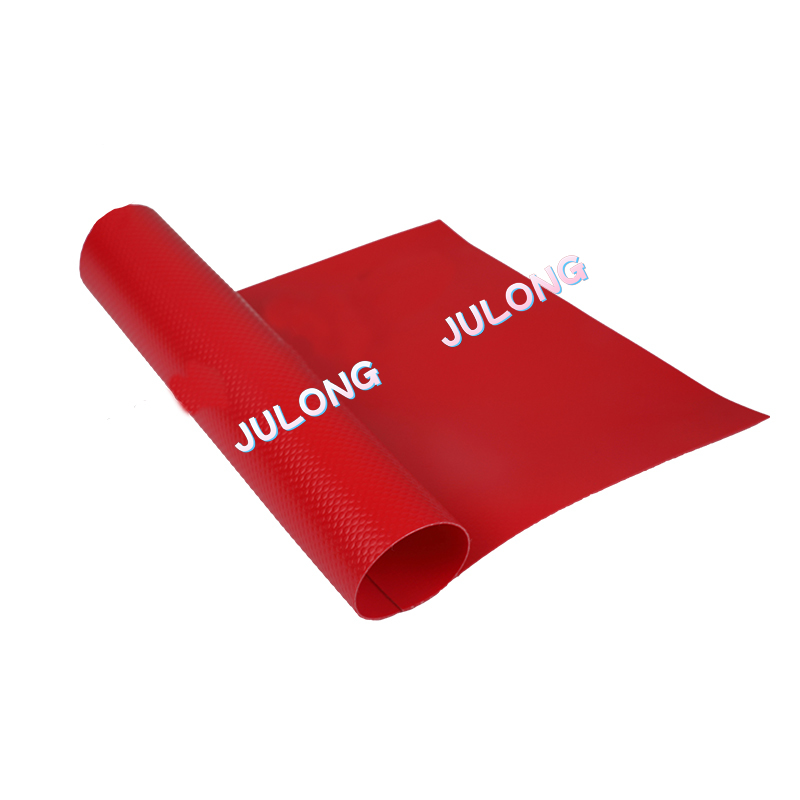PVC membrane structure material is a new type of material widely used in modern construction projects. Its unique performance and diverse application scenarios make it occupy an important position in architectural design.
PVC (polyvinyl chloride) membrane structural material is a synthetic material made of polyvinyl chloride resin as the main component, supplemented by various additives such as plasticizers and stabilizers, and processed through special processes. Its main features include the following:
PVC membrane material has high strength and elastic modulus, and is light in weight, which enables it to achieve low self-weight and stable structure in long-span buildings. PVC membrane material has excellent weather resistance, can resist ultraviolet radiation, rain erosion, and weathering, and has a service life of more than ten years.

PVC film material has good light transmission properties, which can effectively utilize natural light and reduce the need for artificial lighting, thus saving energy. The specially treated PVC membrane material has good flame retardant properties and complies with multinational building fire protection standards, improving building safety. PVC membrane material has high flexibility and plasticity, is easy to process and install, and can adapt to various complex architectural designs.
PVC membrane structural materials are widely used in various construction projects, mainly including the following aspects:
Due to its lightweight, high-strength, and long-span advantages, PVC membrane materials are often used to build roof structures of sports venues, such as football fields and basketball courts, to provide spectators with sun and rain protection. The exhibition center requires a large column-free space, and the PVC membrane structure can achieve large-span coverage, provide a spacious and bright display space, and enhance the exhibition experience.
In transportation hubs such as airports and train stations, PVC membrane structural materials are widely used in waiting halls, platforms, and other areas to provide passengers with a comfortable waiting environment. Commercial buildings such as shopping malls and commercial streets also often use PVC membrane structures. Its beautiful shape and good light transmission performance add modernity and appeal to shopping malls.
PVC membrane structural materials are also used in ecological buildings such as greenhouses and botanical gardens. Its light transmittance and waterproof properties help plant growth and create a good ecological environment. During the production and use of PVC membrane materials, energy consumption is low. At the same time, its excellent light transmission performance and heat insulation effect help reduce building energy consumption, which is in line with the development trend of green buildings.
The installation process of PVC membrane structures is relatively simple and does not require complex construction equipment and technology, which greatly shortens the construction period and reduces construction costs. The plasticity of PVC membrane material enables it to adapt to various architectural design needs. From simple awnings to complex sculpture forms, designers can freely use their creativity to create unique architectural styles. PVC membrane structures have low maintenance costs, long service life, and significant overall economic benefits. They are especially suitable for large-scale public buildings and commercial buildings.
As a modern new building material, PVC membrane structural material has been widely used in various construction projects due to its advantages of light weight, high strength, good weather resistance, strong light transmittance, superior fire resistance, and convenient construction. In the future, with the advancement of science and technology and the continuous innovation of material technology, PVC membrane structural materials will play a more important role in the construction field and promote the construction industry to develop in a more environmentally friendly, energy-saving, and beautiful direction.


 English
English عربى
عربى







